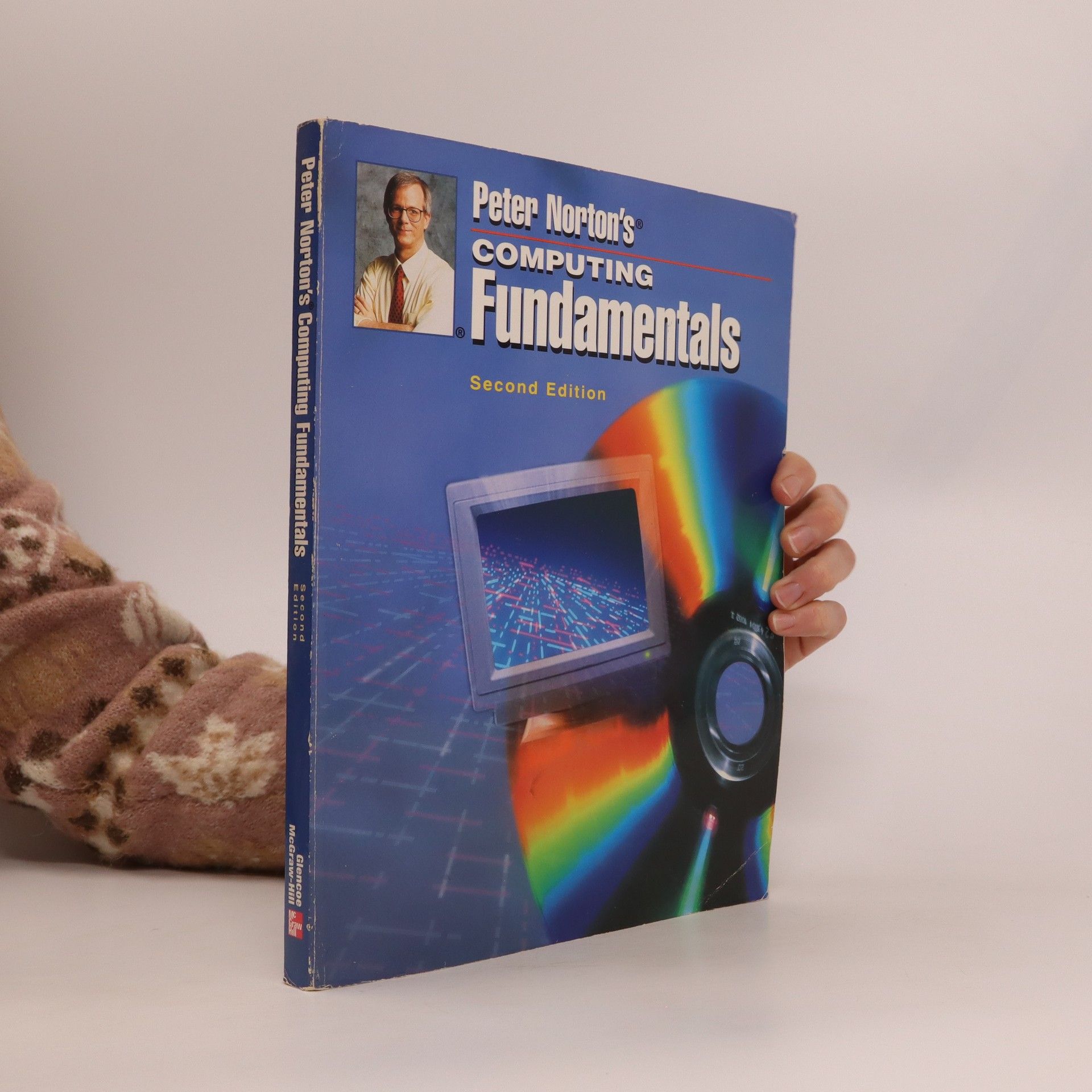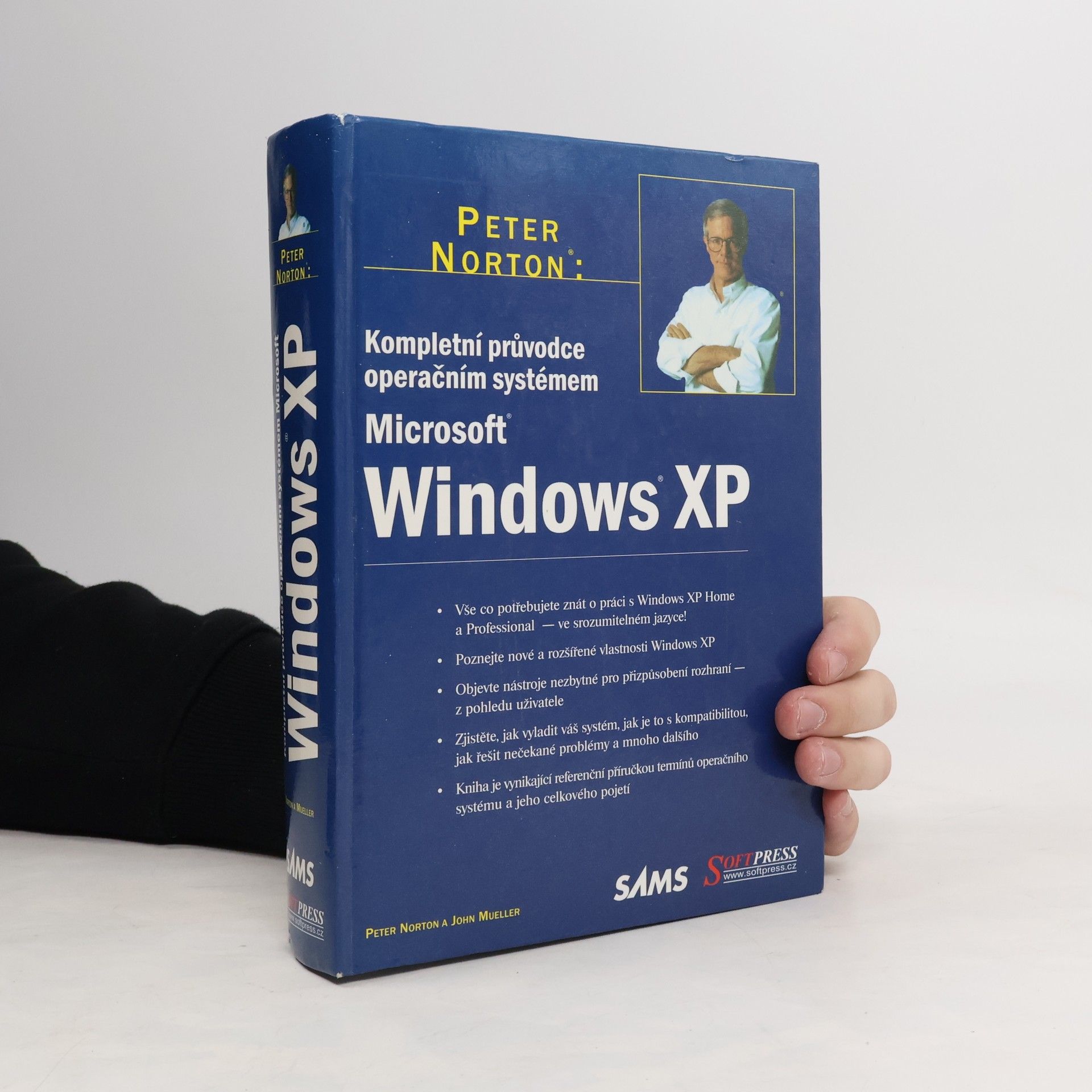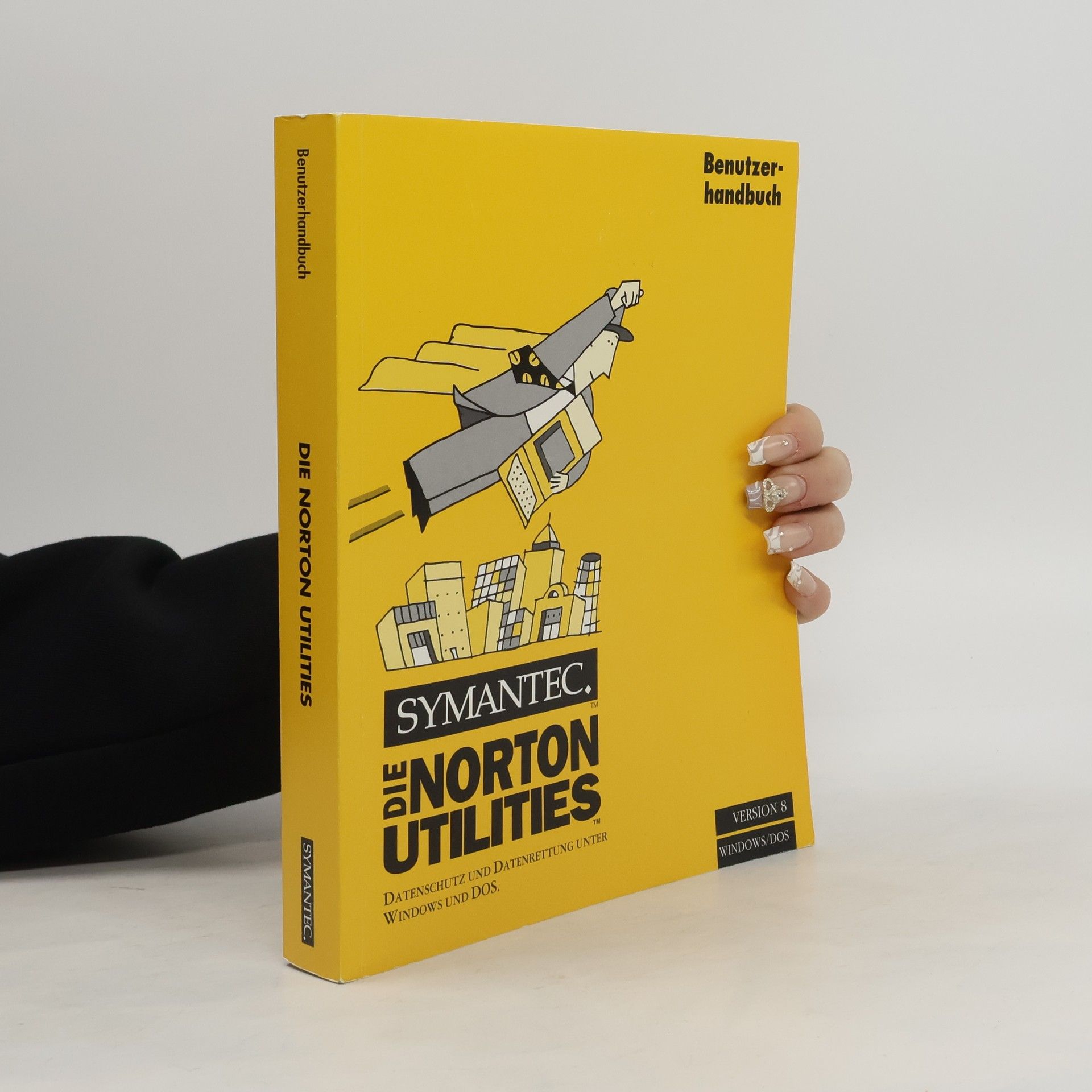"A lifeline for anxiety sufferers, this expertly crafted workbook has been revised and updated to be even more user-friendly. Readers discover a new sense of freedom as they work through this comprehensive program grounded in cognitive-behavioral therapy (CBT). Step by step, the book provides skills for changing anxiety-provoking ways of thinking and for confronting feared situations safely and gradually. Updated with over a decade's worth of research advances, the second edition includes more detailed instructions for customizing the program, extra support for staying motivated, vivid stories that run throughout the book, new separate chapters on relaxation and mindfulness, and downloadable audio recordings. The large-size format makes it easy to fill in the worksheets; readers can download and print additionalcopies as needed."-- Provided by publisher
Peter Norton Libros
Peter Norton es célebre por su papel fundamental en los inicios de la computación personal, desarrollando software crucial y escribiendo libros influyentes que desmitificaron la tecnología. Su trabajo proporcionó herramientas y conocimientos esenciales, empoderando a los usuarios y dando forma al incipiente panorama digital. La perspicacia de Norton en el emergente mercado del software condujo a innovaciones que se convirtieron en la base de la industria. Su legado reside en hacer que la computación compleja sea accesible y comprensible a través de aplicaciones prácticas y claras explicaciones literarias.

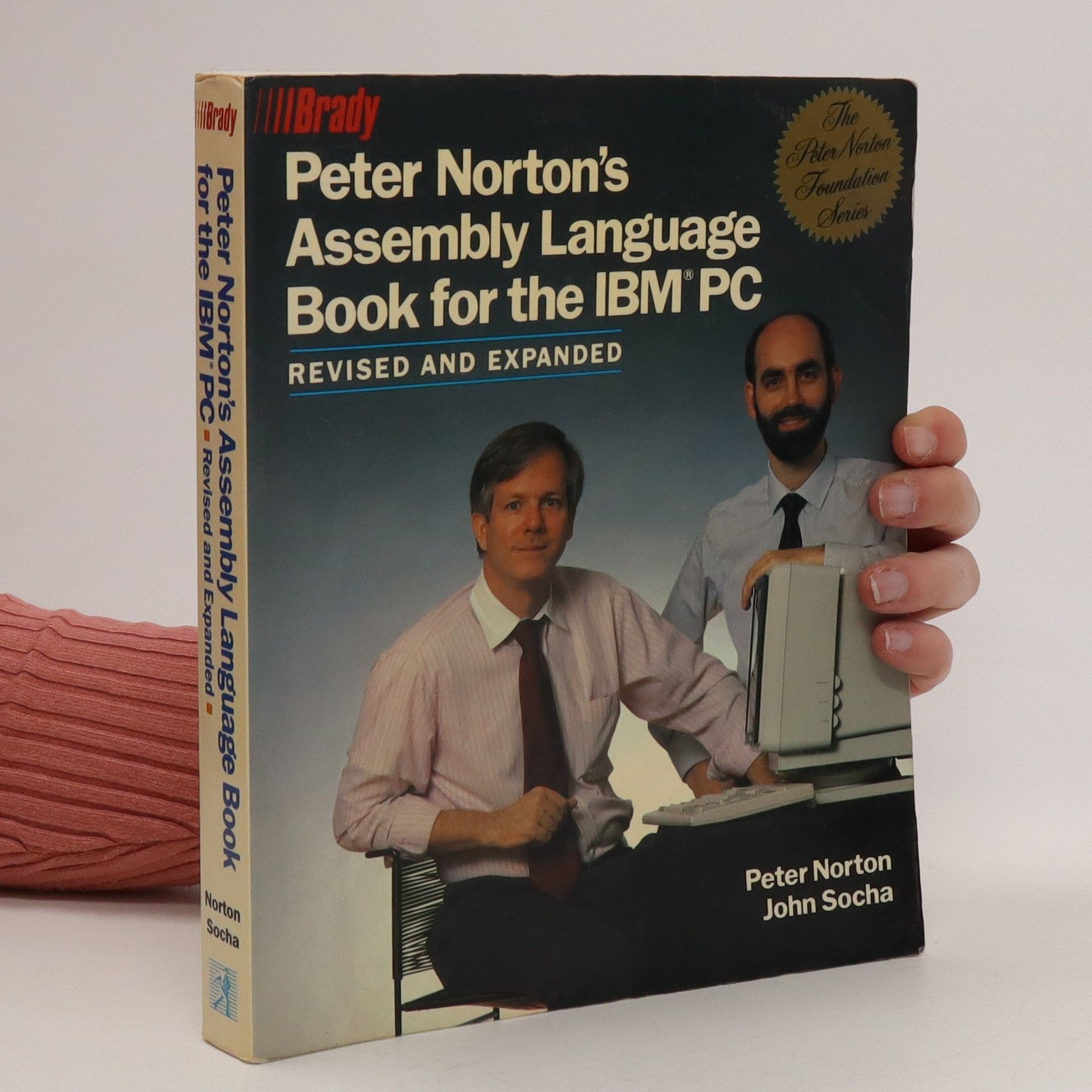
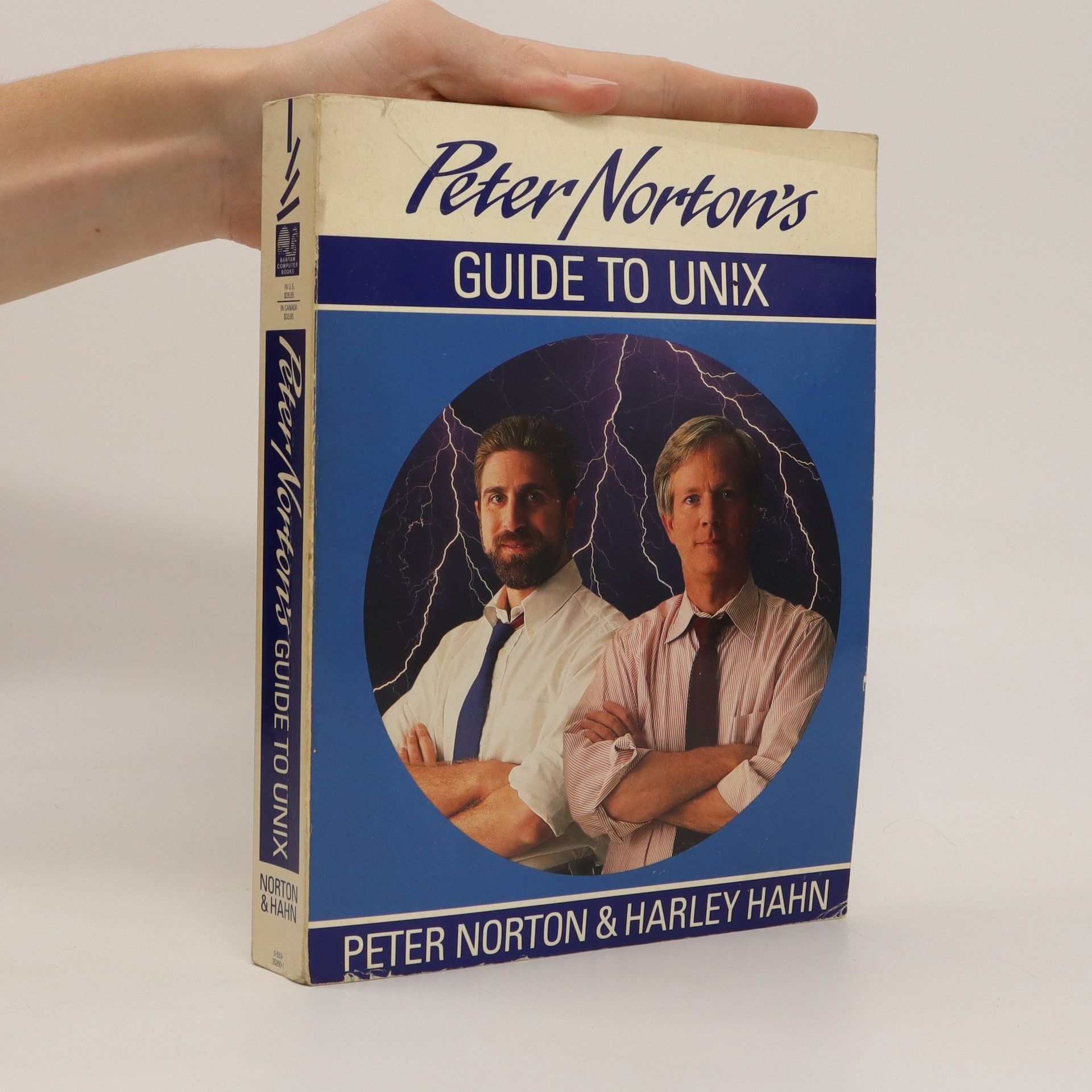
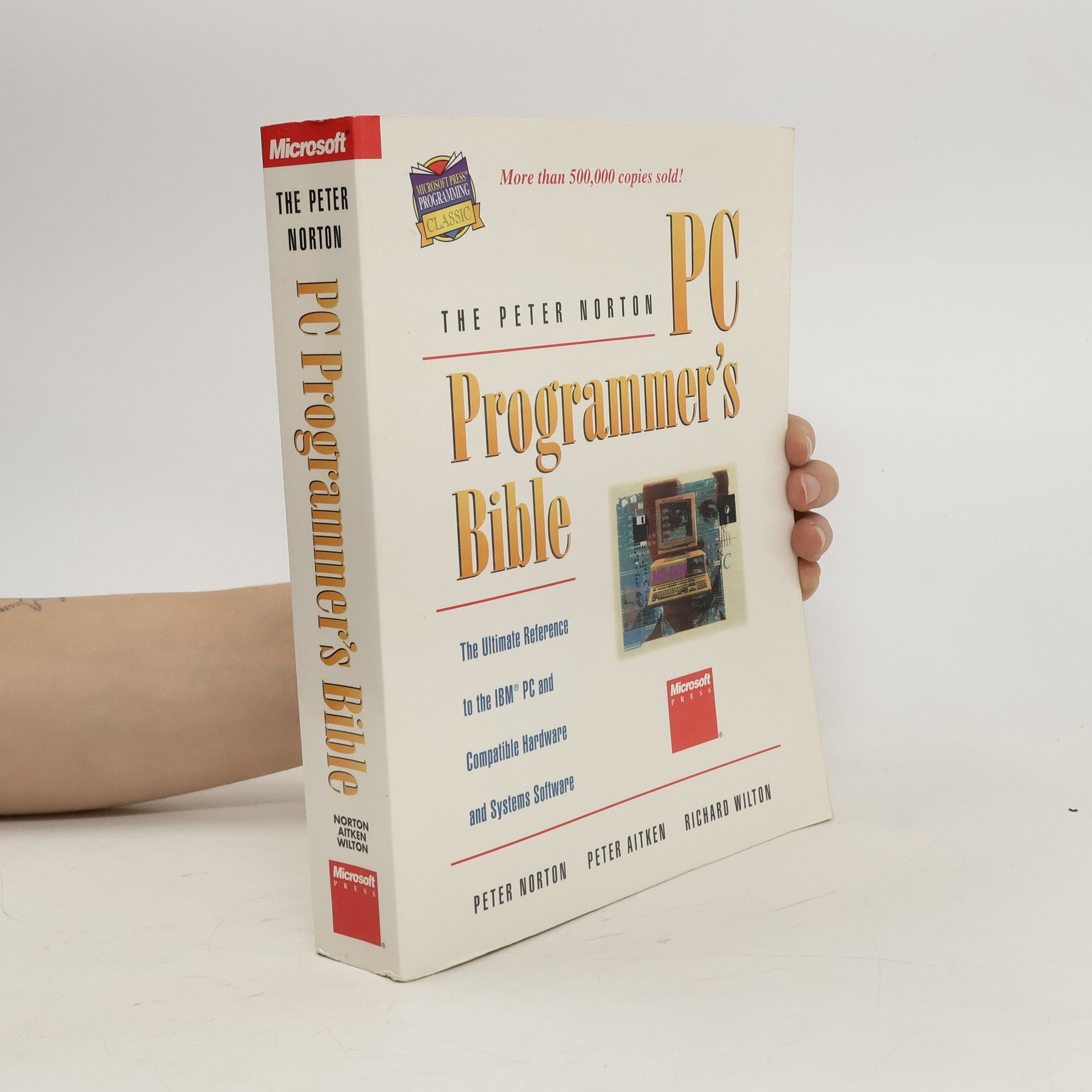
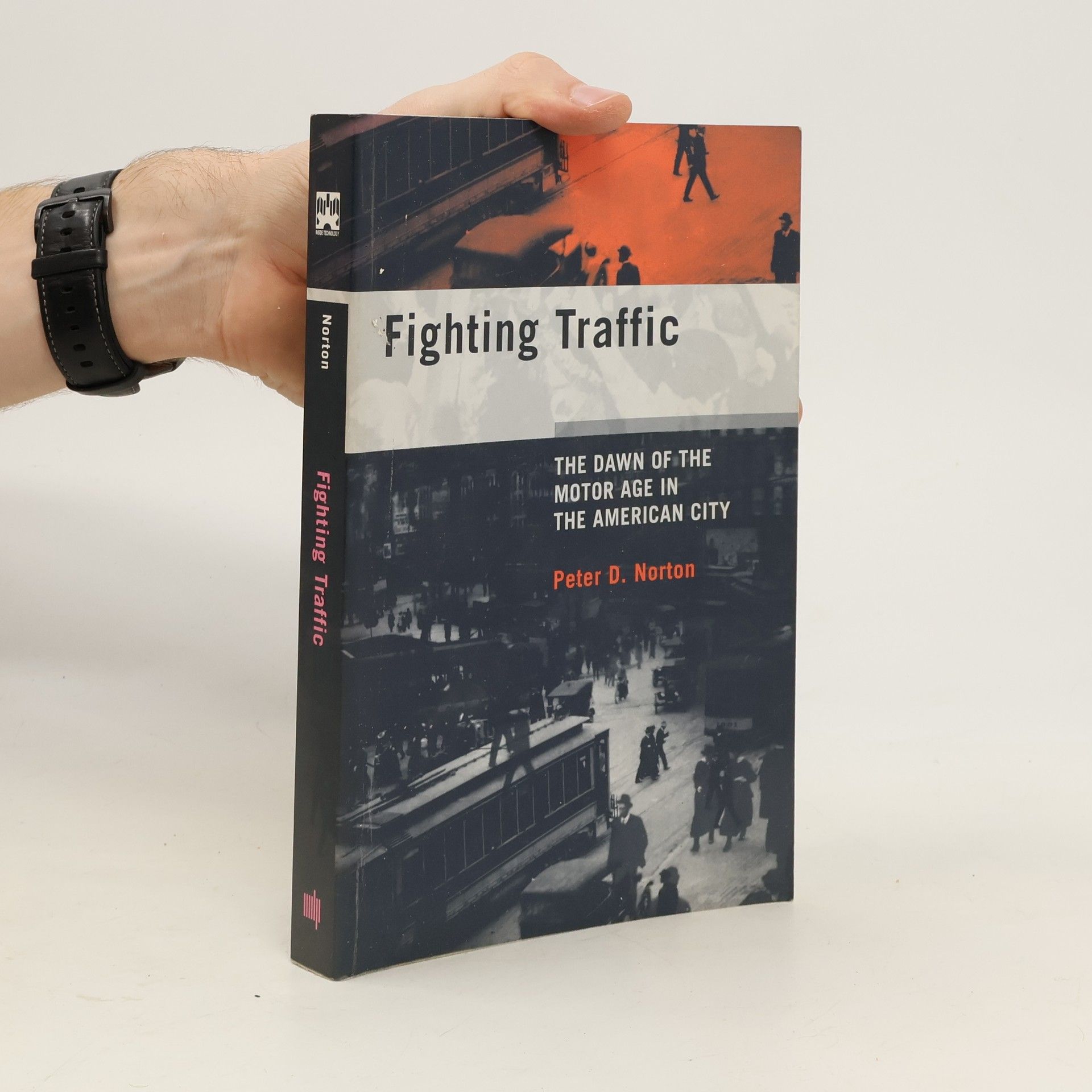

Before the advent of the automobile, users of city streets were diverse and included children at play and pedestrians at large. By 1930, most streets were primarily motor thoroughfares where children did not belong and where pedestrians were condemned as "jaywalkers." In Fighting Traffic, Peter Norton argues that to accommodate automobiles, the American city required not only a physical change but also a social one: before the city could be reconstructed for the sake of motorists, its streets had to be socially reconstructed as places where motorists belonged. It was not an evolution, he writes, but a bloody and sometimes violent revolution. Norton describes how street users struggled to define and redefine what streets were for. He examines developments in the crucial transitional years from the 1910s to the 1930s, uncovering a broad anti-automobile campaign that reviled motorists as "road hogs" or "speed demons" and cars as "juggernauts" or "death cars." He considers the perspectives of all users--pedestrians, police (who had to become "traffic cops"), street railways, downtown businesses, traffic engineers (who often saw cars as the problem, not the solution), and automobile promoters. He finds that pedestrians and parents campaigned in moral terms, fighting for "justice." Cities and downtown businesses tried to regulate traffic in the name of "efficiency." Automotive interest groups, meanwhile, legitimized their claim to the streets by invoking "freedom"--A rhetorical stance of particular power in the United States
Completely rewritten and reorganized, this third edition of a classic bestseller provides complete reference coverage of industry standard hardware, operating systems, program development tools, and technical details. Update includes Win 3.1 and Win NT, the new IBM and AMD BIOS, MS-DOS 6.0, Intel P5, and much more.
The UNIX operating environment is discussed from a user's perspective including a hands-on introduction to its utilities, as well as complete details of the file system, text editors, and available shells. Includes several halpful glossaries.
Includes information on how to write large-scale programs for text editors and utilities, how to use the Intel microprocessors, and how to take advantage of ROM BIOS
Norton argues that the promise of autonomous vehicles is distracting us from investing in better, more sustainabletransportation options, and increasing our dependence on cars.
Presents a fresh approach to computer concepts in a concise, 12-chapter text. This book is designed for courses that place equal emphasis on computer concepts and hands-on learning. Its includes an appendix on the ethical considerations of navigating cyberspace. It provides an optional CD-ROM containing simulations and student activities.
Kompletní průvodce operačním systémem Microsoft Windows XP
- 744 páginas
- 27 horas de lectura
Průvodce Unixem
- 566 páginas
- 20 horas de lectura
